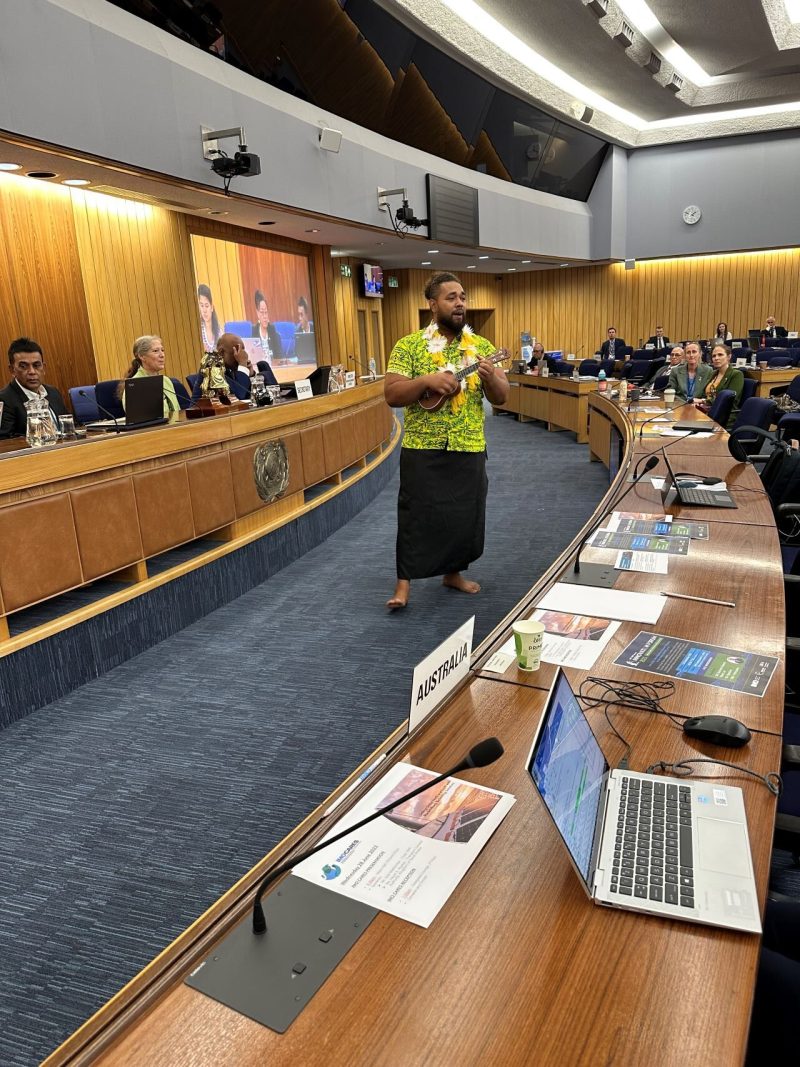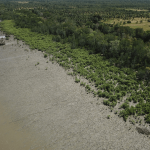When Pacific undertaking artist John Taukave stood in front of delegates at an International Maritime Firm (IMO) meeting in London final calendar year, his initial imagined was: “What am I doing here?”
It wasn’t just any meeting. The IMO, a UN entire body, is dependable for the basic safety and stability of shipping and delivery and the prevention of maritime and atmospheric air pollution by ships. Region reps have been gathered at the table to commit to decarbonizing transport around the coming a long time.
The home was tense, the conversations elaborate, the terminology large, “and I was standing there, getting ready to recite this poem,” Taukave remembers.
“It was these types of a technical house, and here I am: this boy from Rotuma, this Indigenous accomplishing arts scholar. I felt… misplaced.”
But as he began to speak in his native Rotuman language about what the ocean indicates for Pacific Island communities like his, the place went silent. Taukave’s position there abruptly felt obvious.
“It was a really deep minute for me,” he displays. “It felt like we ended up recolonizing the area.”
You could be forgiven for in no way owning read of Rotuma. It is an archipelago in the southwestern Pacific which is formally a dependency of Fiji, but it sits about 500 kilometers from the capital and has its very own unique language and culture.
Rotuma’s only inhabited island spans just 47 sq. kilometers and is dwelling to about 1,500 people. Like lots of Pacific Islands, it’s hugely susceptible to the impacts of the local weather crisis, particularly sea amount increase and damage from ever more extreme cyclones.
Yet despite this vulnerability, not to point out its minuscule contribution to worldwide greenhouse fuel emissions, the location is usually underrepresented in global climate fora.
The oceanic superhighway
Indigenous students from the area have prolonged argued for the want to see their nations not as lonely, small outposts, but somewhat as summits of culture and innovation that are practically fed by the seas that surround them.
They say the islands are interconnected by an oceanic ‘superhighway’ that can be traveled on craft fueled by wind and currents and woven from materials at hand – just as their ancestors did when they settled throughout the area.
As Fijian author and anthropologist Epeli Hau’ofa wrote in his 1993 perform ‘Our Sea of Islands’, “the world of our ancestors was a large sea full of destinations to check out, to make their homes in, to breed generations of seafarers like themselves. Folks lifted in this environment have been at house with the sea.
“They performed in it as quickly as they could stroll steadily, they worked in it, they fought on it. They made fantastic competencies for navigating their waters, and the spirit to traverse even the few big gaps that separated their island groups.”
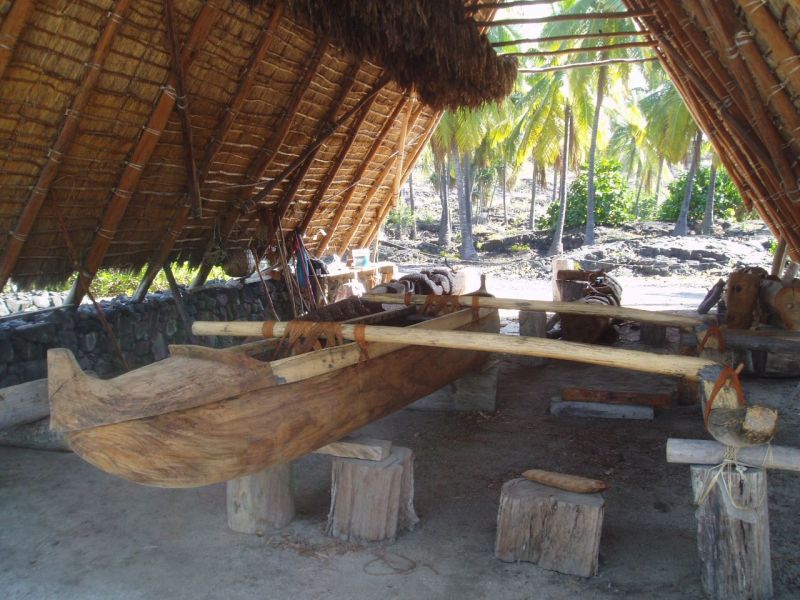
Taukave, who is a workers member at the Micronesian Middle for Sustainable Transport (MCST), says that these types of an ocean-centric standpoint, and the expertise held in it, will be vital to a just changeover to a reduced-carbon potential.
Sadly, many political and institutional leaders surface to conveniently dismiss what takes place in the ocean and how it has an effect on all of us. Emissions from delivery are no exception: governments really don’t are inclined to include things like them in their carbon accounting.
This is a considerable omission, mainly because the sector makes all-around 3 per cent of yearly world emissions – about the exact as aviation. And to date, the industry’s steps and targets have fallen considerably small of what’s expected.
A sea of apathy
In 2018, the IMO established a concentrate on of halving emissions by 2050 – one particular described by Weather Analytics commentators Michael Petroni, MJ Mace and Maheen Haq as “woefully inadequate” for the scale of modify that’s required.
At the 2023 assembly that Taukave attended, nations around the world stepped up their match, placing their very first targets for 2030 and 2040 and making a new dedication to attain net zero by “close to” 2050.
“But the selection of language is relating to – it’s unclear how legally binding “indicative checkpoints” are, or when particularly “close to” 2050 is,” mentioned Petroni, Mace, and Haq, “and the targets nonetheless drop small on ambition.”
MCST scientific and complex advisor Peter Nuttall gave a blunter evaluation in an job interview with The Without end Task e-newsletter: “We were just fed a dead rat and instructed to swallow it.”
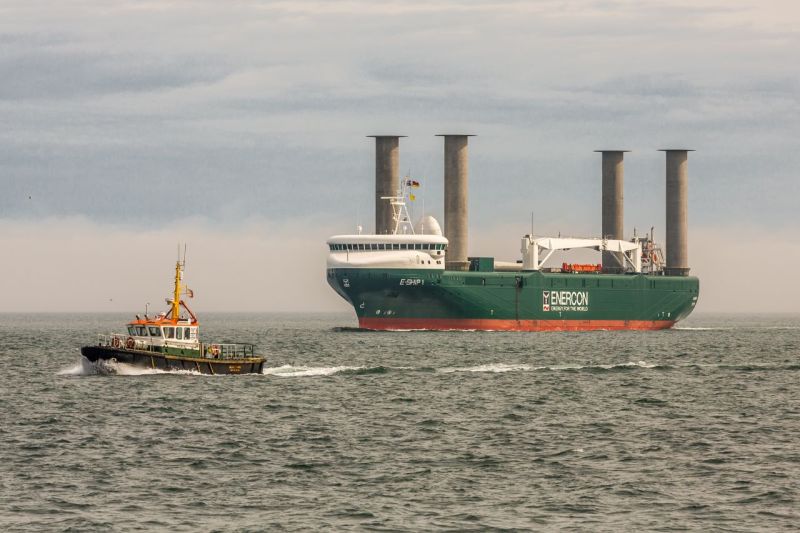
The IMO’s target for 2030 now requires a 20-% cut in emissions from latest concentrations. On the other hand, Weather Motion Tracker info exhibits that emissions from shipping need to have to drop a lot further more by then – 47 percent beneath 2008 concentrations – to be suitable with maintaining worldwide heating at or beneath 1.5 degrees Celsius.
That determine – 1.5 degrees – may well continue to appear like just a number to a lot of. But for a lot of Pacific Islanders, it’s a query of survival.
If warming exceeds 1.5 degrees, we could result in several ‘tipping points’ that would even more soften the ice caps and raise sea amounts so much that Pacific Islands like Tuvalu, Kiribati, Tokelau and the Marshall Islands would be remaining mainly underwater.
Which is why a range of Pacific states and their supporters have been calling for more durable interim targets – 37 per cent by 2030 and 96 % by 2040. The Marshall Islands and the Solomon Islands have also proposed a international levy on delivery emissions to enable accelerate the shift.
A just transition for the Pacific
It is crucial that Pacific Islanders are compensated to ensure they aren’t them selves unfairly penalized during the transition, Taukave emphasizes. Little island producing states are significantly dependent on shipping and delivery and presently pay out disproportionately higher expenditures to do so.
At the similar time, Taukave continues, it’s significant that Pacific Island states do not perpetuate ‘helpless victim’ narratives when it arrives to coping with climate modify.
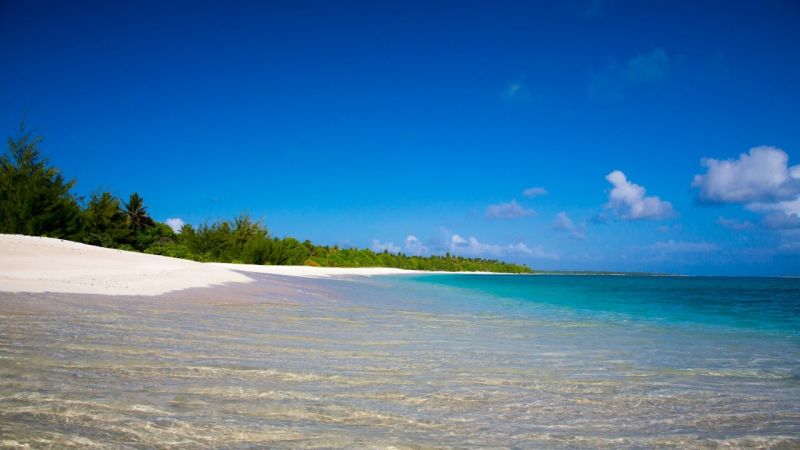
“This is where we have been failing ourselves,” he writes in a forthcoming MCST blog post. “We settle for methods located and presented by other people, which are tailored to other cultures but not to us.” In point, he suggests, Pacific Island populations are in lots of approaches extremely nicely-put to direct the reduced-carbon delivery transition.
And which is precisely what several are previously executing. The Marshall Islands, for instance, has commissioned an progressive cargo sailing ship, which, when accomplished, will offer important provides to its islands, as properly as research and instruction options.
“There is an ocean of out there technology – if we can do the job out how to capture and harness it at the scale of our ocean states,” claims Taukave.
Executing so will demand cash, innovation and unwavering commitment to Pacific Islanders’ lengthy, deep, and evolving relationships with their ocean home – as expressed in Taukave’s poem, executed at the IMO and shared underneath.
Mata’ua ‘os hanua
Hạikainagaga ne ‘os temamfua
Sua vaka ‘e li’u jarava
Ag fak hanua ‘e Pasefika.
Temamfua mata’ua hanua
Fäeag ‘ạkia rogrog ne tạusa
Kel’ạkia ufa se ufaga
Fuamamạu ne li’u jarava
Seem right after our property
the bond with our ancestors
Voyaging on the oceans
Our methods of Pasifika
They took treatment of our household
Instructed our stories
From the mountains to the sea
The elegance of this ocean
